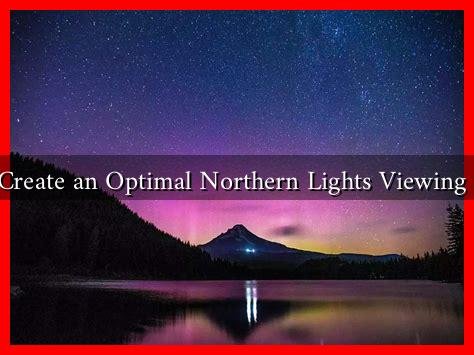-
Table of Contents
How to Create an Optimal Northern Lights Viewing Itinerary
The Northern Lights, or Aurora Borealis, are one of nature’s most breathtaking phenomena, attracting travelers from around the globe. To maximize your chances of witnessing this spectacular light show, careful planning is essential. This article will guide you through creating an optimal Northern Lights viewing itinerary, ensuring you have the best experience possible.
Understanding the Northern Lights
Before diving into itinerary planning, it’s crucial to understand what the Northern Lights are and when they can be seen. The Aurora Borealis occurs when charged particles from the sun collide with gases in the Earth’s atmosphere, creating vibrant displays of light. The best time to view the Northern Lights is during the winter months, typically from late September to early April, with peak visibility around the equinoxes.
Choosing the Right Location
Your choice of location plays a significant role in your Northern Lights experience.
. Here are some of the best places to consider:
- Tromsø, Norway: Known as the “Gateway to the Arctic,” Tromsø offers excellent viewing opportunities and a range of activities.
- Reykjavik, Iceland: With its proximity to dark skies and stunning landscapes, Reykjavik is a popular base for Northern Lights tours.
- Fairbanks, Alaska: This city is renowned for its clear skies and frequent auroral activity, making it a prime viewing spot.
- Yellowknife, Canada: Located directly under the auroral oval, Yellowknife boasts some of the highest chances of seeing the lights.
Timing Your Trip
Timing is crucial for a successful Northern Lights viewing experience. Here are some tips to help you choose the best time:
- Season: Winter months are ideal due to longer nights and clearer skies.
- Moon Phase: A new moon phase is preferable, as a bright moon can wash out the auroras.
- Weather Conditions: Check local forecasts for clear skies; cloudy weather can obstruct your view.
Planning Your Itinerary
Once you’ve chosen your location and timing, it’s time to plan your itinerary. Here’s a suggested framework:
- Day 1: Arrival
- Arrive at your chosen destination and settle into your accommodation.
- Take a brief evening tour to familiarize yourself with the area.
- Day 2: Northern Lights Tour
- Book a guided Northern Lights tour for the best chances of seeing the auroras.
- Consider options that include photography assistance or warm refreshments.
- Day 3: Explore Local Culture
- Spend the day exploring local attractions, such as museums or natural parks.
- Join a cultural experience, like a Sami reindeer tour or traditional cuisine tasting.
- Day 4: Second Northern Lights Attempt
- If you didn’t see the lights on Day 2, book another tour or venture out on your own.
- Utilize apps like “My Aurora Forecast” to track auroral activity.
Additional Tips for a Successful Experience
To enhance your Northern Lights viewing experience, consider the following tips:
- Dress Warmly: Layer your clothing to stay warm during long waits outside.
- Bring a Camera: Capture the moment with a camera that allows for long exposure settings.
- Stay Flexible: Be prepared to change your plans based on weather conditions and auroral forecasts.
Conclusion
Creating an optimal Northern Lights viewing itinerary requires careful planning and consideration of various factors, including location, timing, and activities. By choosing the right destination, timing your trip wisely, and planning a flexible itinerary, you can significantly increase your chances of witnessing this awe-inspiring natural phenomenon. Remember to dress warmly, stay informed about weather conditions, and embrace the adventure. For more information on Northern Lights tours and tips, visit Northern Lights.





